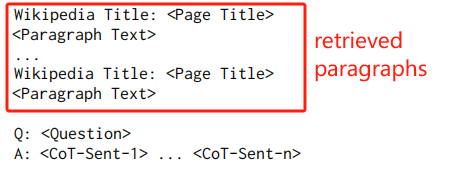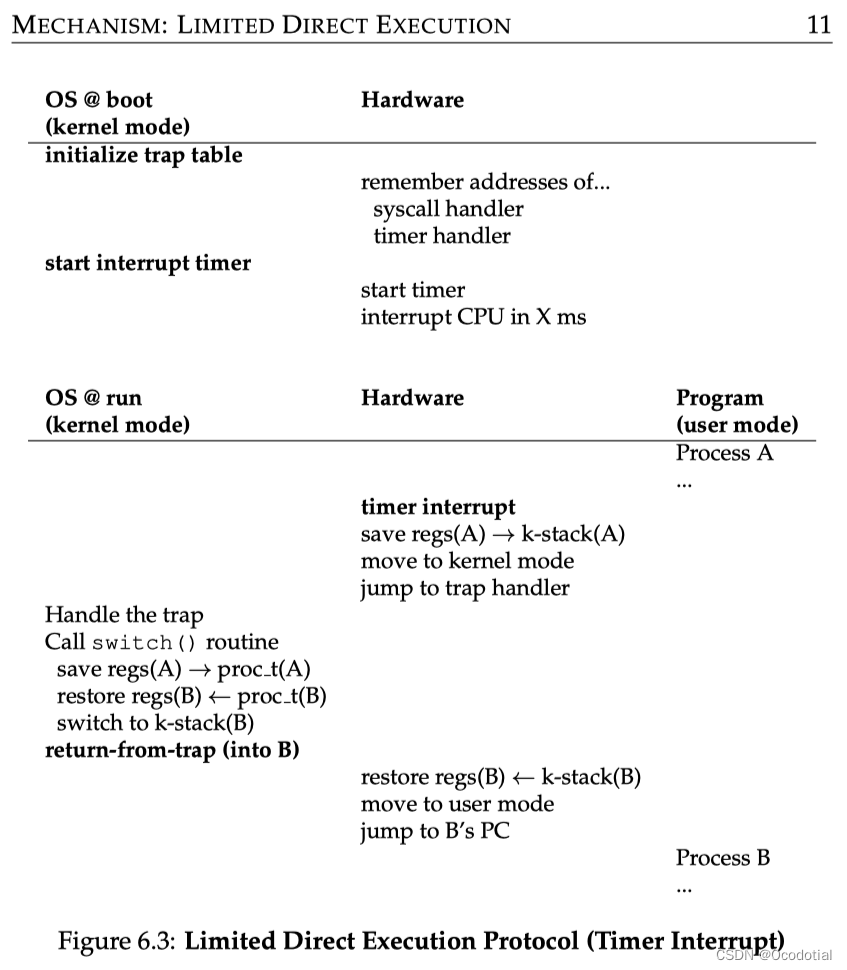一、put方法的流程图
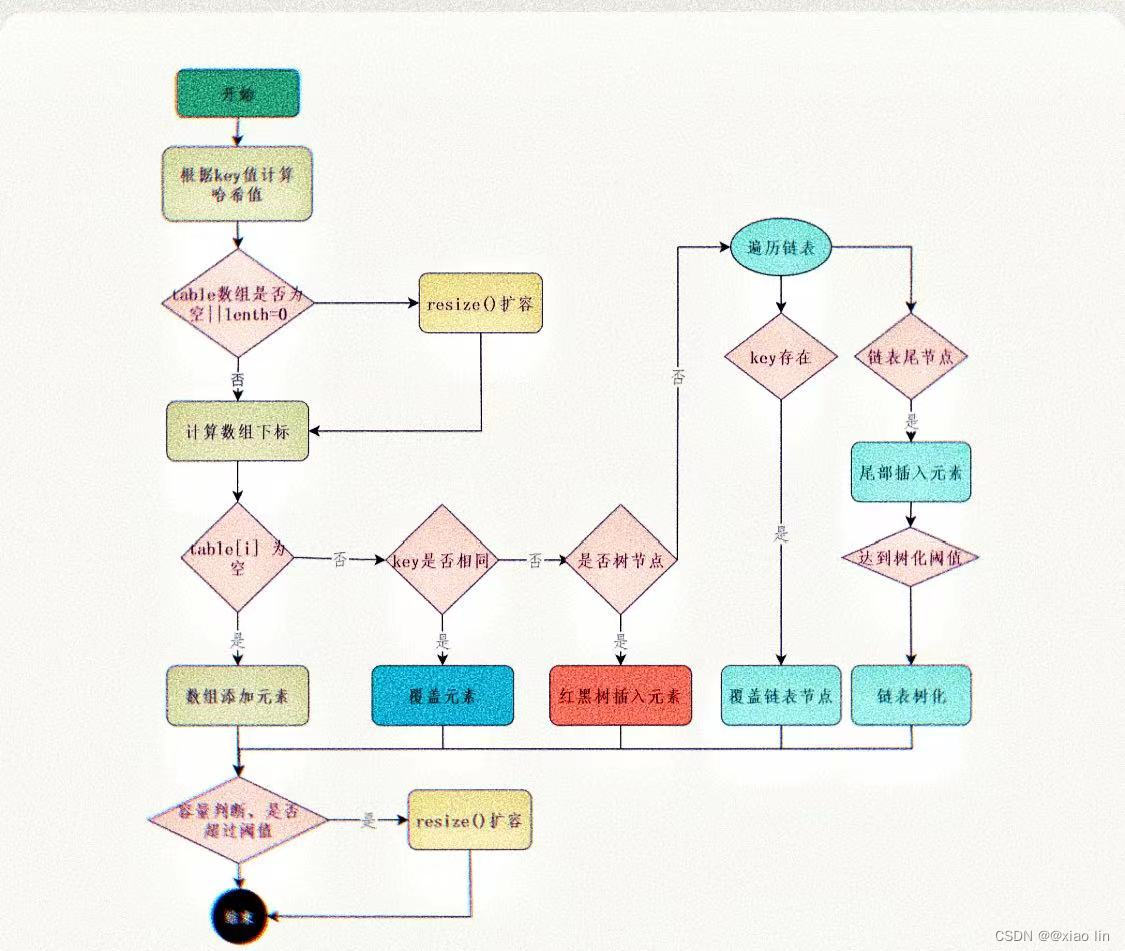
二、put方法的执行步骤
- 首先,根据key值计算哈希值。
- 然后判断table数组是否为空或者数组长度是否为0,是的话则要扩容,resize()。
- 接着,根据哈希值计算数组下标。
- 如果这个下标位置为空,添加元素即可。
- 如果这个下标位置不为空,则判断此下标位置的首元素的key值与要添加元素的key值是否相同,相同的话,就直接覆盖元素。
- 不相同的话,则判断首元素是否为树节点,是的话,则向这个红黑树中插入元素(在红黑树中插入一个新节点时,首先会遍历树以找到这个新节点应该插入的位置。在这个遍历过程中,也会检查是否已经存在相同key值的节点。如果存在,也会覆盖元素;不存在,则新节点会被插入到正确的位置)。
- 如果是链表的话,那就需要遍历链表,看key是否已经存在,存在则覆盖元素,不存在则在链表尾部插入元素。插入之后,如果链表长度大于等于8,则需要把链表转换为红黑树。
- 最后,待所有元素处理完之后,还要判断容量是否超过阈值,超过了则需要扩容。
三、对应源码:
/**
* Computes key.hashCode() and spreads (XORs) higher bits of hash
* to lower. Because the table uses power-of-two masking, sets of
* hashes that vary only in bits above the current mask will
* always collide. (Among known examples are sets of Float keys
* holding consecutive whole numbers in small tables.) So we
* apply a transform that spreads the impact of higher bits
* downward. There is a tradeoff between speed, utility, and
* quality of bit-spreading. Because many common sets of hashes
* are already reasonably distributed (so don't benefit from
* spreading), and because we use trees to handle large sets of
* collisions in bins, we just XOR some shifted bits in the
* cheapest possible way to reduce systematic lossage, as well as
* to incorporate impact of the highest bits that would otherwise
* never be used in index calculations because of table bounds.
*/
static final int hash(Object key) {//1.首先,根据key值计算哈希值。
int h;
return (key == null) ? 0 : (h = key.hashCode()) ^ (h >>> 16);
}
/**
* Associates the specified value with the specified key in this map.
* If the map previously contained a mapping for the key, the old
* value is replaced.
*
* @param key key with which the specified value is to be associated
* @param value value to be associated with the specified key
* @return the previous value associated with <tt>key</tt>, or
* <tt>null</tt> if there was no mapping for <tt>key</tt>.
* (A <tt>null</tt> return can also indicate that the map
* previously associated <tt>null</tt> with <tt>key</tt>.)
*/
public V put(K key, V value) {
return putVal(hash(key), key, value, false, true);
//hash值
}
/**
* Implements Map.put and related methods.
*
* @param hash hash for key
* @param key the key
* @param value the value to put
* @param onlyIfAbsent if true, don't change existing value
* @param evict if false, the table is in creation mode.
* @return previous value, or null if none
*/
final V putVal(int hash, K key, V value, boolean onlyIfAbsent,
boolean evict) {
Node<K,V>[] tab; Node<K,V> p; int n, i;
//2.然后判断table数组是否为空或者数组长度是否为0,是的话则要扩容,resize()。
if ((tab = table) == null || (n = tab.length) == 0)
n = (tab = resize()).length;
//3.接着,根据哈希值计算数组下标。
//4.如果这个下标位置为空,添加元素即可。
if ((p = tab[i = (n - 1) & hash]) == null)
tab[i] = newNode(hash, key, value, null);
else {
//5.如果这个下标位置不为空,则判断此下标位置的首元素的key值与要添加元素的key值是否相同,相同的话,就直接覆盖元素。
Node<K,V> e; K k;
if (p.hash == hash &&
((k = p.key) == key || (key != null && key.equals(k))))
e = p;
//6.不相同的话,则判断首元素是否为树节点,是的话,则向这个红黑树中插入元素
else if (p instanceof TreeNode)
e = ((TreeNode<K,V>)p).putTreeVal(this, tab, hash, key, value);
//7.如果是链表的话,那就需要遍历链表,看key是否已经存在,存在则覆盖元素,不存在则在链表尾部插入元素。不存在则在链表尾部插入元素。插入之后,如果链表长度大于等于8,则需要把链表转换为红黑树。
else {
for (int binCount = 0; ; ++binCount) {
if ((e = p.next) == null) {
p.next = newNode(hash, key, value, null);
if (binCount >= TREEIFY_THRESHOLD - 1) // -1 for 1st
treeifyBin(tab, hash);//转为红黑树
break;
}
if (e.hash == hash &&
((k = e.key) == key || (key != null && key.equals(k))))
break;
p = e;
}
}
if (e != null) { // existing mapping for key
V oldValue = e.value;
if (!onlyIfAbsent || oldValue == null)
e.value = value;
afterNodeAccess(e);
return oldValue;
}
}
++modCount;
//8.最后,待所有元素处理完之后,还要判断容量是否超过阈值,超过了则需要扩容。
if (++size > threshold)
resize();
afterNodeInsertion(evict);
return null;
}





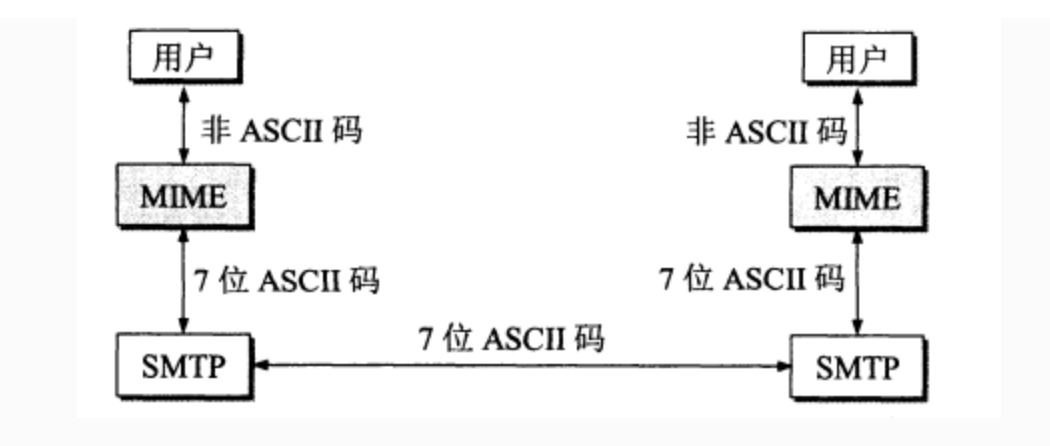

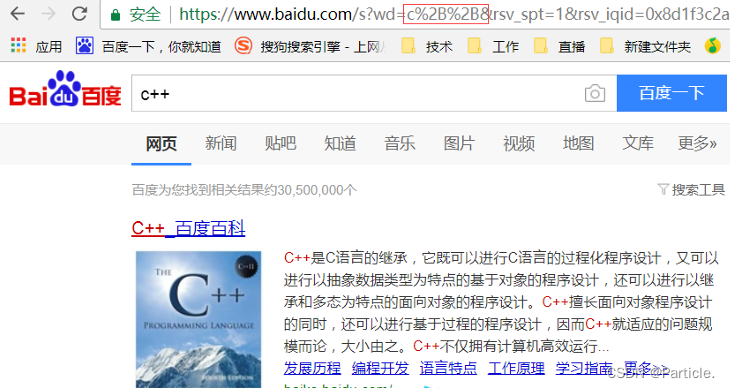



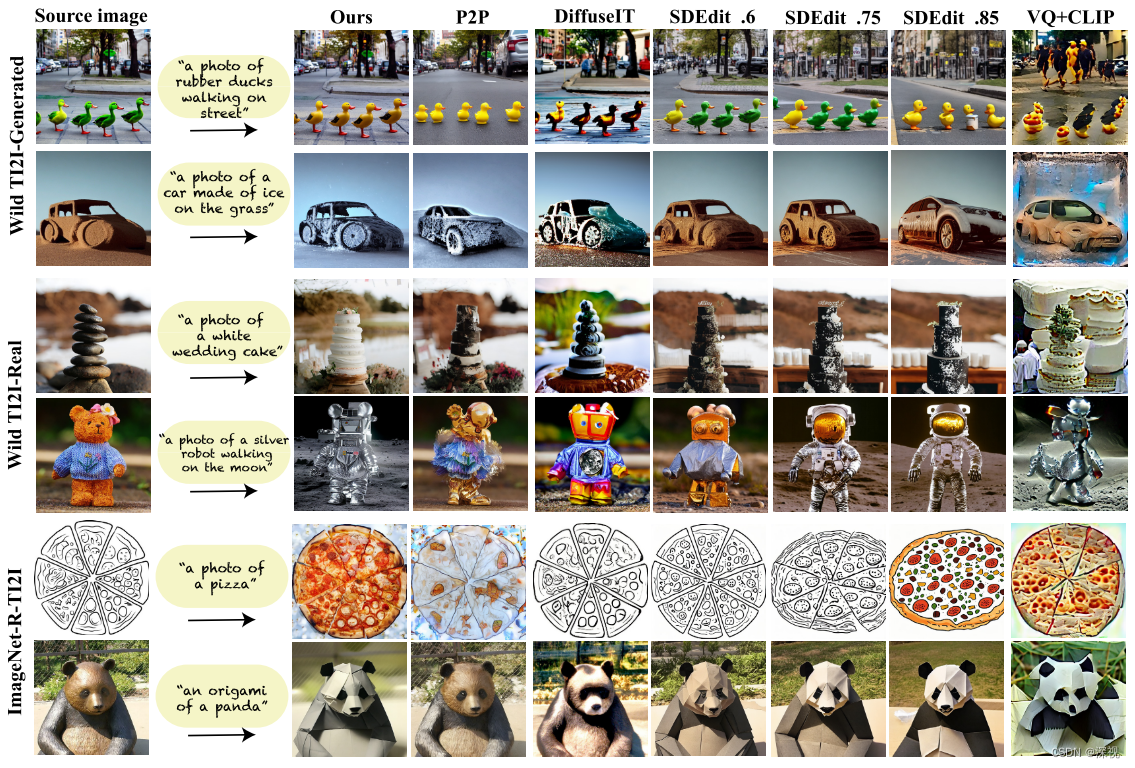
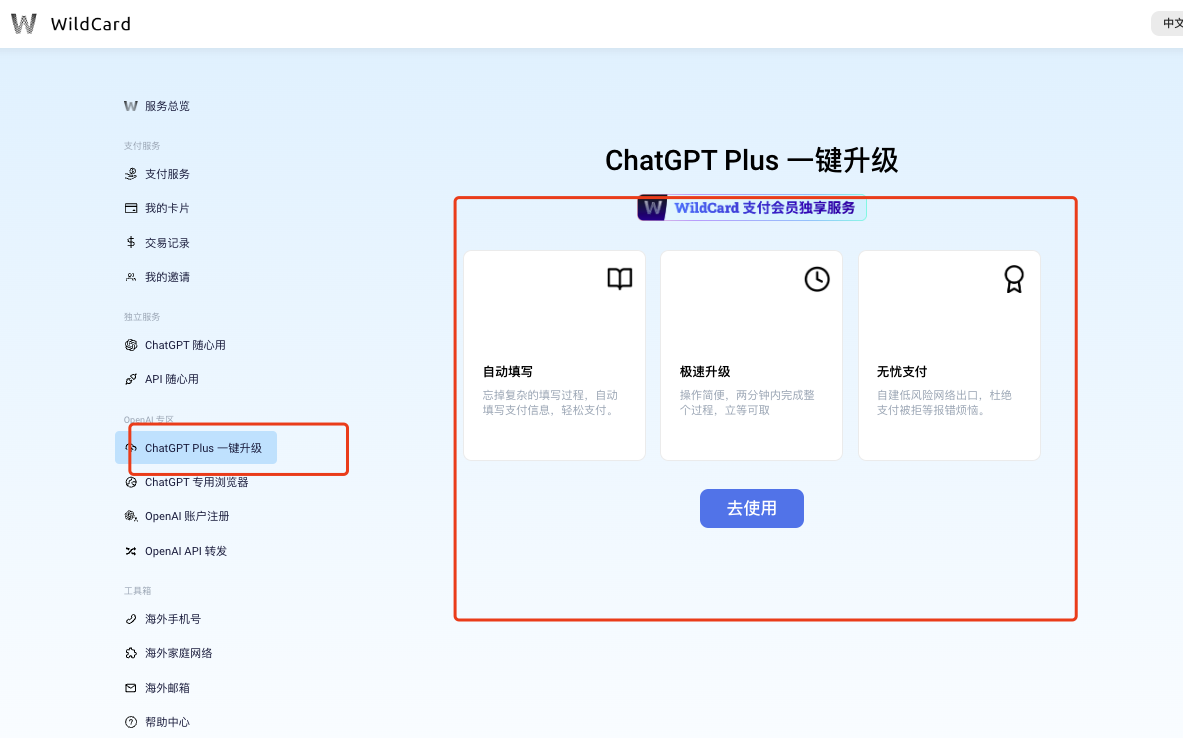
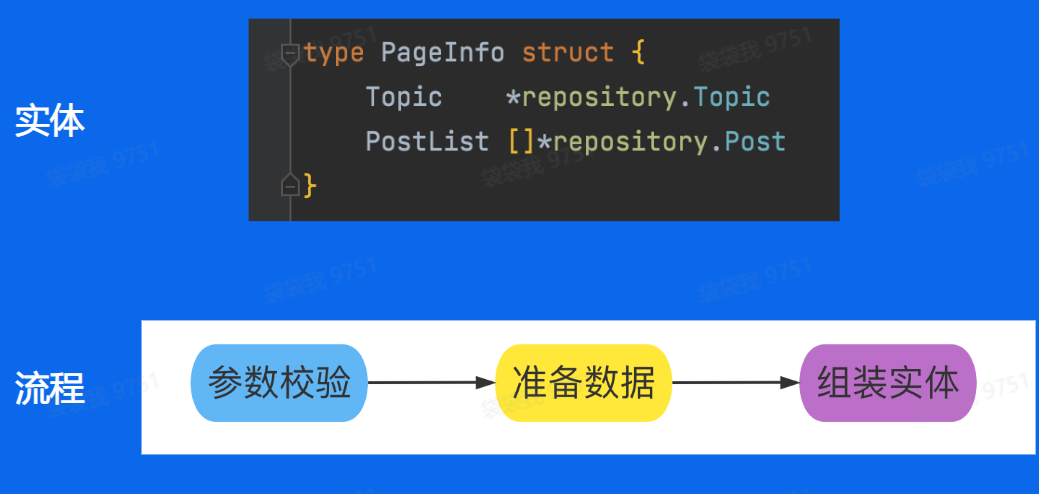
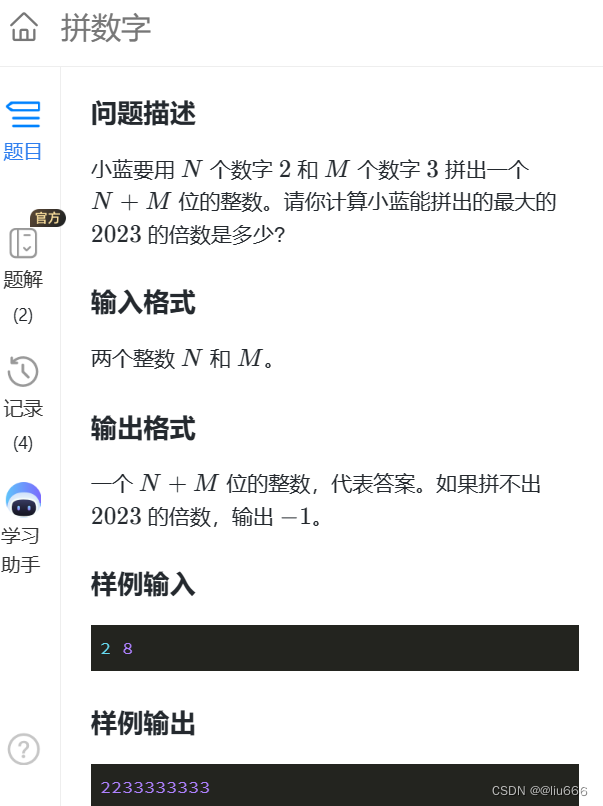
![[数据结构]红黑树的原理及其实现](https://img-blog.csdnimg.cn/direct/970d169df6f34dc8b365d544fd78d418.png)

